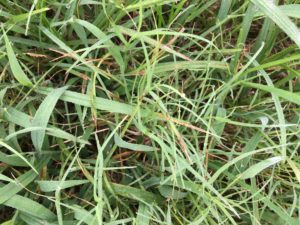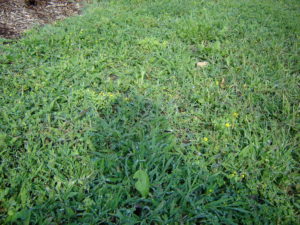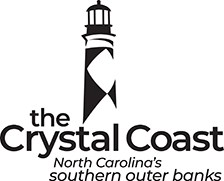Controlling Crabgrass in Your Yard
go.ncsu.edu/readext?684852
en Español / em Português
El inglés es el idioma de control de esta página. En la medida en que haya algún conflicto entre la traducción al inglés y la traducción, el inglés prevalece.
Al hacer clic en el enlace de traducción se activa un servicio de traducción gratuito para convertir la página al español. Al igual que con cualquier traducción por Internet, la conversión no es sensible al contexto y puede que no traduzca el texto en su significado original. NC State Extension no garantiza la exactitud del texto traducido. Por favor, tenga en cuenta que algunas aplicaciones y/o servicios pueden no funcionar como se espera cuando se traducen.
Português
Inglês é o idioma de controle desta página. Na medida que haja algum conflito entre o texto original em Inglês e a tradução, o Inglês prevalece.
Ao clicar no link de tradução, um serviço gratuito de tradução será ativado para converter a página para o Português. Como em qualquer tradução pela internet, a conversão não é sensivel ao contexto e pode não ocorrer a tradução para o significado orginal. O serviço de Extensão da Carolina do Norte (NC State Extension) não garante a exatidão do texto traduzido. Por favor, observe que algumas funções ou serviços podem não funcionar como esperado após a tradução.
English
English is the controlling language of this page. To the extent there is any conflict between the English text and the translation, English controls.
Clicking on the translation link activates a free translation service to convert the page to Spanish. As with any Internet translation, the conversion is not context-sensitive and may not translate the text to its original meaning. NC State Extension does not guarantee the accuracy of the translated text. Please note that some applications and/or services may not function as expected when translated.
Collapse ▲Crabgrass is a summer annual weed, which means it dies every winter and comes back each spring when the seeds germinate. This happens when the soil temperature at a depth of 2 to 4 inches averages 53 – 55 degrees over a 24-hour period. On average this happens around March 1st in our area, however, we’ve had a warmer than average winter this year. This usually means the soil will warm up sooner and if the pre-emergence herbicide isn’t in place before the seed germinates, the crabgrass will emerge victorious once again.
I’m not one that likes to use a lot of chemicals in my yard, but this weed is definitely worth the cost of control. If you prefer not to use chemicals on your lawn, here are a few tips to consider this summer to keep crabgrass from being a problem next year.
- Crabgrass likes to grow in thin turf. Fertilize your lawn and mow at the proper height for the species of turfgrass in your yard.
- If you have an irrigation system, set it to come on once or twice a week and water deeply. Crabgrass likes short, frequent irrigation cycles. If irrigating every day, you’re encouraging crabgrass.

Crabgrass in Bermuda grass. Photo: Shawn Banks
When you purchase a crabgrass control product, be sure to read the label. The label will tell you if it’s safe to apply that product on your species of turfgrass. It will also tell you what other weeds can be controlled when using that product. You may find out that some crabgrass control products will also control annual bluegrass, goosegrass and some other weedy grasses. On the label it will tell you how much to apply over a given area and whether the product needs to be watered in or not to be effective.

Crabgrass and Hop Clover
Photo: Shawn Banks
Another question that is often asked is, “If I apply the product too early, will it still be effective?” The answer is yes. Most of these chemicals used as pre-emergence herbicides are broken down by microbes in the soil. These microbes are usually inactive when the soil temperatures are around or below 50 degrees. Meaning the chemicals will hang around in the soil until the soil temperatures warm up and the microbes become active.
For those of us who have struggled with crabgrass for the past few years, February would be a great time to apply the crabgrass preventer. Hopefully this year will be the year we win the battle with crabgrass.




